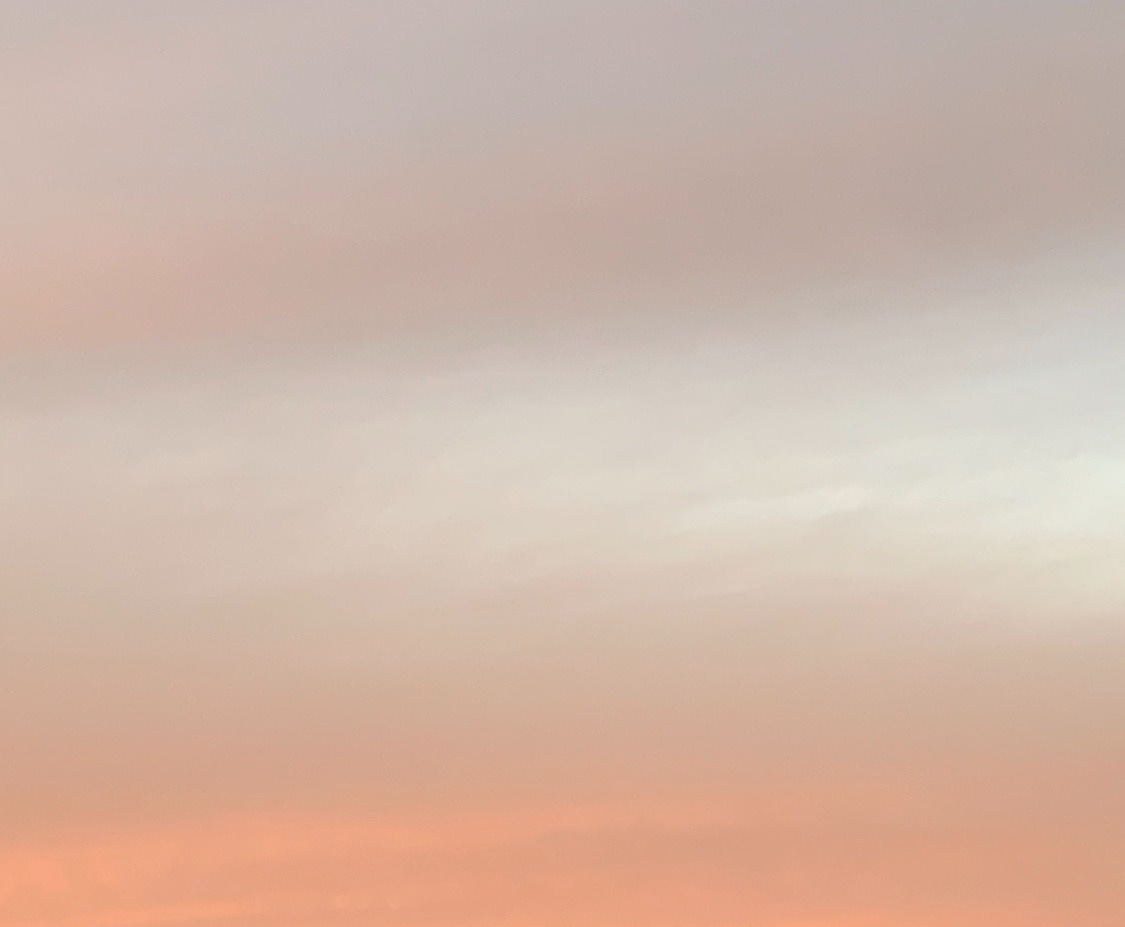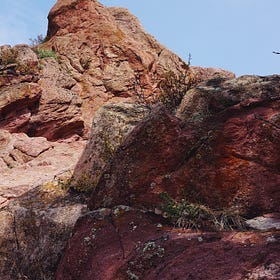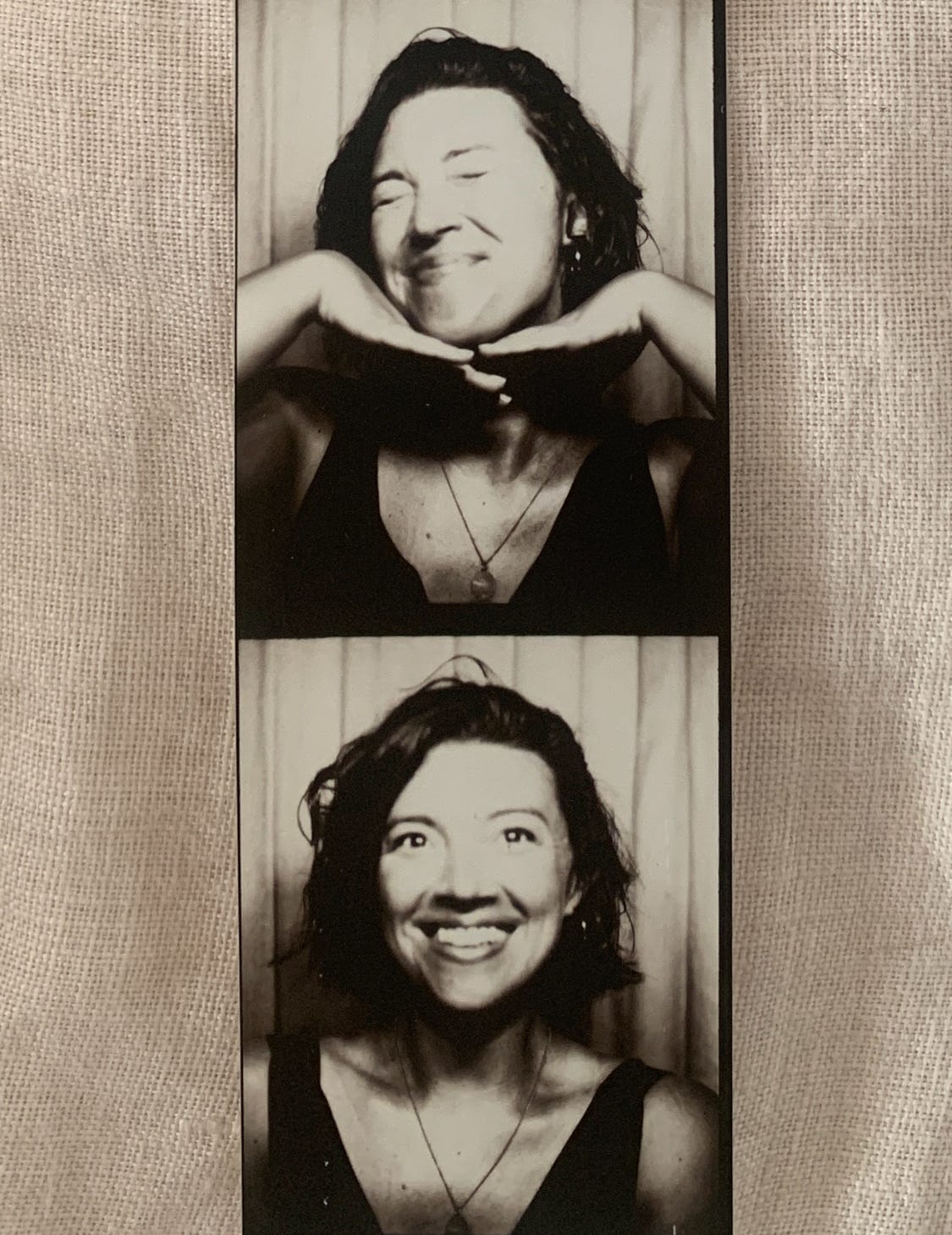If you’re in New York City, and curious to inspire your creative practice, sign up for November workshops. Explore paper marbling, journaling, and meditating, or book a 1:1 session. Pair all of these experiences with an Odette Press journal, and infuse your week with moments to listen, to breathe, to notice, and to slow down.
Crows call in the Brooklyn sky, then bluejays. The horizon is blue, and orange-dried leaves pull focus in the wind. The sound of lull and loud calls pull me, drawn out of thinking and back into the task at hand. Writing, breathing. Here: a practice of focus.
The first time I sat in meditation was January 2016. On the edge of societal unknown, in the winter of a change season, I wanted to learn to sit with my mind, endeavoring to build strength and capacity of so I could function, stay upright, and most of all, continue. I’d felt the full body feeling of collapse before — the state of giving over, fully, entirely, to the deeply embodied feeling and waves of emotion and subsequent mental storytelling — and meditation felt like a way of strengthening.
Inhale, and exhale. For the first few weeks of those first few years, I started small. I sat on the carpeted floor of my one bedroom apartment on the edge of a stack of blankets. I’d taped up the windows that year, plastic over old wood, keeping heat inside the wintering rooms. I sat for thirty seconds, then one minute, then ten, I learned to retain attentiveness of mind on breathing, sensing, and feeling.
I have always been a deep feeler, always contending with this, and I thought for a time that if I learned to breathe, or sit, or meditate that the practice would magically eradicate this sensitivity; that with time I could contend with this strength of feeling, and that if I could sit for long enough, with enough dedication and stillness, that the depth of sensation would go away. What I didn’t understand is that limited my sense of humanity. I equated mindfulness or meditation with an eternal, unmoving equanimity — a lake, unmoved, its surface still, epitomizing serenity. Instead, I discovered the opposite, through practice: that depth of emotion is an ocean of strength, a resource rather than a burden, and that focusing conscious attention is a point of power. That breath is an instrument for waking to the moment, and that the moment includes all parts of our experiences, and that the totality of our experiences make up the nature of existence. Which is to say: meditation became my teacher in the dynamic nature of life like breath, constantly in motion.
It wasn’t just breath that became my focus in those early winter days of learning to practice; it was the world around me—each bird call, each shift of light—that invited me back, fine-tuning the lens to presence. Now, eight years later, I continue to sit. I recognize emotion as a resource, a tool to support and ground, to meet resistance and resilience equally. The nature of the mind is to be full of something, our bodies are nature, wise, and that in that slim space of understanding and witnessing the mind wandering off exists a chance to choose what we focus our consciousness toward.
What we cultivate when we sit, breathe, and write is a sense of depth with our own presence, and there is power in that focus. Pain comes, as does joy, fear, terror, ease, connection, creativity, and uncertainty. To focus on the breath is one part of the practice; to continue on, encompassing all of life outside of the silent space of the practice is another. Too easy to think that the mind alone will lead us, when in fact it is all of our experience that’s needed: strength of thought, of heart, of body, of wisdom, of consciousness. Strength of self, and each other, together.
Around this time last week, in the silence of morning, I opened the glow of a text from my friend. In it, a post from Rebecca Solnit:
“You can be heartbroken or furious or both at once; you can scream in your car or on a cliff; you can also get up tomorrow and water the flowerpots and call someone who's upset and check your equipment for going onward. A lot of us are going to come under direct attack, and a lot of us are going to resist by building solidarity and sanctuary. Gather up your resources, the metaphysical ones that are heart and soul and care, as well as the practical ones.”
Meditation is personal and practical and gives us the power to choose. What do we have the power to choose? We have the power to choose our language, our breath, and where and how we place our attention. We have the power of our conscious mind, heart, and depth of sensation, and how we care for and with each other. Writing practice is mindfulness of words, and finding creative power therein. Meditation, or watching our thoughts, or watching our breath, is cultivating an attentiveness. In Pali, this is citta — or mindfulness of mind — denoting both “mind” and “heart” at once.
As we meditate, we are gathering up the strength of our heart, mind, attention. Meditation teaches us to be a resource for ourselves, and each other, teaches us to be with the bird, sky, storm, serene moment, uncertainty, and the undulations of life and our breathing. Keep going. We take the breath, fill our lungs, feel the wind of life well up within us, and then let it go, and whether weeks are bountiful or dry, we return. Steady, stable, sturdy may not always be the resources we have access to, but they are the threads we strengthen in ourselves over time. Whether breath, attention, or writing, these practices are meant to be shared in the solidarity and sanctuary Solnit refers to. “Remember what you love,” she writes, “Remember what loves you.”
On the power of language, Audre Lorde writes, in The Transformation from Silence into Action,
“Each of us is here now because in one way or another we share a commitment to language and to the power of language, and to the reclaiming of that language which has been made to work against us. In the transformation of silence into language and action, it is vitally necessary for each one of us to establish or examine her function in that transformation and to recognize her role as vital within that transformation.
For those of us who write, it is necessary to scrutinize not only the truth of what we speak, but the truth of that language by which we speak it. For others, it is to share and spread also those words that are meaningful to us. But primarily for us all, it is necessary to teach by living and speaking those truths which we believe and know beyond understanding. Because in this way alone we can survive, by taking part in a process of life that is creative and continuing, that is growth.”
What we do when we practice is we cultivate strength through concentration. We commit to breath and attention, and endeavor to return. This space of presence is where resilience is. Concentrate on your writing, the changing color of the sky, the temperature, the breath as an instrument, the sound of the wind, the language and power you have access to. Concentrate on community, on the connections we have in tandem. A breath, taken singularly, may not feel like much, but a single breath, thought, or pathway of consciousness, no doubt amasses over time.
A single hawk at the edge of a branch sits in silence, witnessing. A single crow, calling alone, gathers its power in community and togetherness. They all call. A breath is a refuge, and a resource, and this is why we practice. Not to be an island meant for ourselves, but as a grounding place, a gathering place, an environment.
I think about what I see in nature: about kinglets, hawks, corvids, birds in song and flight across great distances, and the soft feathers that encompass these tender beings, about the adaptability of breath and nature, and the power of practice together. I think about the intricate root networks of mycelium and trees, and the way sunlight teaches us about duration. Clouds float by; crows call. When we get carried off, come back, and remember nature.
Like a thought too far carried off, when the bird calls bring me back, I turn toward them, my teachers in presence and attention; I thank them. Sunlight dips low as gatherings of sparrows fly, and I follow the breath on the inhale and exhale, repeating.
Any word, sound, moment, can serve as a focal point, an instrument for attention. Place the mind and replace it; this is the practice. Not a constant hum of positivity, not escapist effusive joy, not a reclusive island, but rather a way to be deeply interconnected with ourselves and each other through the practice of bringing our awareness again and again to our attention. This is how we create, for ourselves, and with each other a sense of conscious power; how we strengthen our presence. We sit on our cushion, breathing our way through not solely to be steady, stable, and sturdy for ourselves, but so these practices ripple out in our communities, with and for each other, carrying us like bird song across known and unknown horizons. Be like bird song, breath: call out. Be like wind, weather: keep going.
Nourished By, Nourishing:
Revisiting The Transformation of Silence into Action by Audre Lorde, “The Importance of Eroticism in Hard Times” by Esther Perel (YouTube), “A Piece for All Hard Times” by Rebecca Solnit and The Art of Power by Thich Nhat Hanh. Sending depth of care, love, and continuity this week.
For Paid Subscribers:
Forming Clay: a colorway
"Now, I dig. I dip my hand into the stores of time, taking inventory of memory, meditating on the landscapes of internal histories. Writing is the path to traverse the landscape of time, and body, and mind, and memories are fragments sometimes, collages, overlapping, forming and reforming again."








